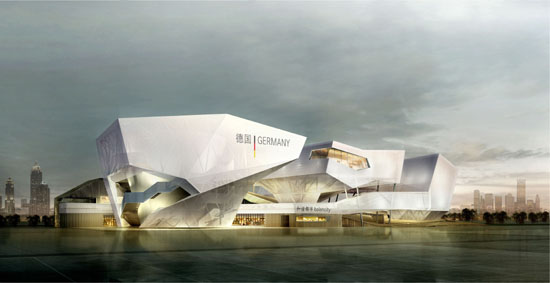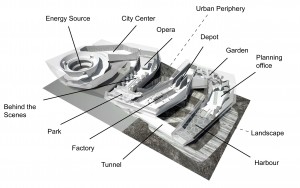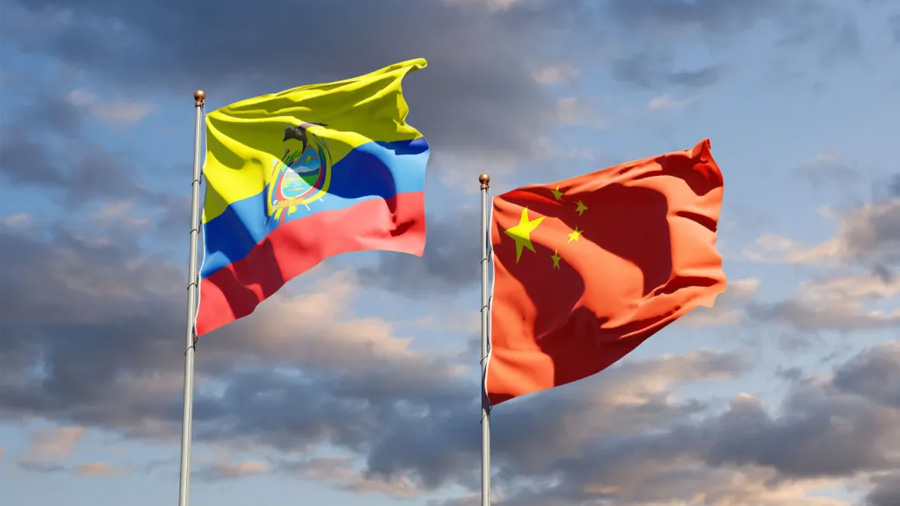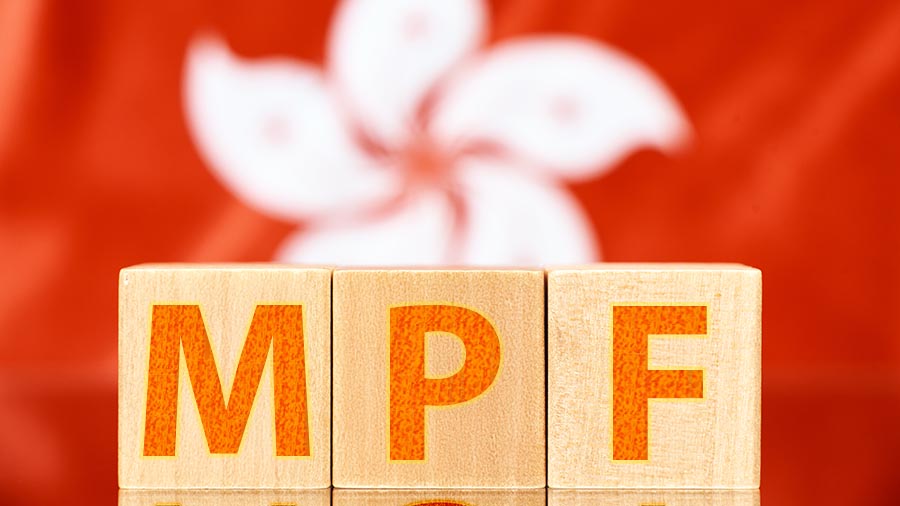Shanghai Expo 2010: The German Pavilion

The 2010 World Exposition in Shanghai will be the first registered one in a developing country. Officially known as “Expo Shanghai 2010,” it will last 184 days and provide China an opportunity to show off its remarkable economic growth. The expo will also give foreign nations and companies a chance to further develop business partnerships with China and Chinese companies. This is the third in an ongoing series that will look at the upcoming expo, from country pavilions to trade development. In this article, we take a look at the German Pavilion.
By Pierre Blanquett
Aug. 4 – When the Expo opens its gates in May next year, over 200 nations and international organizations will come to represent their country and their unique culture.
The German pavilion was created by three companies from South Germany. One of them, Milla & Partner GmbH, designed the flow of the spaces, setting the stage for people to truly encounter topics, products and brands. This includes the concept of the show, which includes approximately 160 staff during the event. The pavilion itself was designed by the architects Schmidhuber + Kaindl GmbH. The company focuses on semantic and planning precision to create a stable basis for architecture that makes a long lasting impression and draws a global audience.
The team uses the space to communicate and inform on an aesthetic, symbolic and social level. Construction of the site will be done by Nussli (Deutschland) GmbH, one of the country’s leading international supplier of infrastructures for events, trade fairs and exhibitions.
With a size of 5,750 square meters, the pavilion will be one of the bigger ones during the Expo. Visitor capacity for the pavilion will be 39,000 to 46,000 people per day. In relation to Shanghai Expo’s theme, the German pavilion will be named “Balancity.” The name is a play between the two words “balance” and “city.” The organizer is defining the venue as: a city in balance between renewal and preservation, innovation and tradition, urbanity and nature, society and its individuals, work and recreation, and finally, between globalization and national identity. In the same way that Germany considers itself as an unique, innovative country it also always considers its roots and heritage.
The pavilion will be Germany’s biggest contribution to a world exposition worth EURO30 million. The pavilion is set to be a three-dimensional sculpture that is formed by four exhibition structures with the visitor walking through 13 different rooms with 13 different themes and topics.
 All of these rooms will represent the diversity of city life and Germany. Every visit through the pavilion will be accompanied by a storyline about two young people, a Chinese woman and her German friend, who wants to show her his country. The characters of the story will be set in animation as well as pictures, until the last room of the pavilion, where a live performance of the two will be shown.
All of these rooms will represent the diversity of city life and Germany. Every visit through the pavilion will be accompanied by a storyline about two young people, a Chinese woman and her German friend, who wants to show her his country. The characters of the story will be set in animation as well as pictures, until the last room of the pavilion, where a live performance of the two will be shown.
The organizer expects a total of 7.2 to 8.6 million visitors during the whole Expo or a 10 to 12 percent share of the total number of Expo visitors. During this time, the German pavilion will show between 65 to78 shows a day.
Germany has been the largest European investor in China since 1999 in terms of new investments per year although still significantly lower than Hong Kong, the United States and Taiwan. Last year, German companies made total direct investments worth US$16 billion in China. Most German investment in the country goes into the chemical industry as well as mechanical engineering and the automotive industry. Moreover, more German SMEs have been entering the Chinese market.
China is a one of the big global players in the world, offering a huge market as well as opportunities. So it is more than a must for Germany to improve their economic relations with China. In 2007, Germany’s imports from China were about EURO55 billion and exports were at EURO30 billion. According to Eurostat, Germany had a 14.3 percent rise in exports between January and November in 2008 compared to 2007.
The main exports from Germany to China were machines amounting to about EURO9,3 billion, automobiles worth EURO5.3 billion and equipment for electricity generation and distribution worth about EURO3.5 billion.
A world exhibition will enable countries to work on their relationships as well their image, by representing themselves well. For example, making the “Made in Germany” label as an indirect seal of quality, which plays an important role for German exports. With the Expo, Germany will have the possibility to give others an understanding of the label.
The Expo motto of “Better City, Better Life” should matter to all nations since more and more countries have problems with overpopulation and consequentially, a lack of space. During the Expo, nations, countries and people will get the chance to get together for solutions, to swap ideas, to inspire themselves and others to be creative and above all to be innovative for a better future.
Further Reading
The complete Shanghai Expo 2010 series
- Previous Article Ten Years of Establishing and Operating Foreign Businesses in China
- Next Article China Announces US$7.5 Billion Rail Investment in Venezuela
























